
George Stubbs Painting Reproductions 2 of 6
1724-1806
English Romanticism Painter
125 George Stubbs Paintings
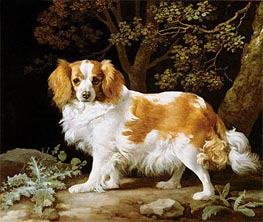
A Liver and White King Charles Spaniel in a ... 1776
Oil Painting
$1406
$1406
Canvas Print
$68.18
$68.18
SKU: STG-11604
George Stubbs
Original Size: 59.6 x 69.8 cm
Private Collection
George Stubbs
Original Size: 59.6 x 69.8 cm
Private Collection
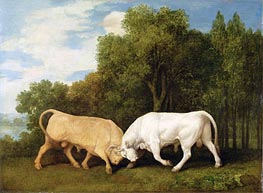
Bulls Fighting 1786
Oil Painting
$1596
$1596
Canvas Print
$69.60
$69.60
SKU: STG-11605
George Stubbs
Original Size: 61.5 x 82.5 cm
Yale Center for British Art, Connecticut, USA
George Stubbs
Original Size: 61.5 x 82.5 cm
Yale Center for British Art, Connecticut, USA
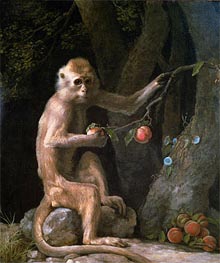
Portrait of a Monkey 1774
Oil Painting
$1397
$1397
Canvas Print
$67.55
$67.55
SKU: STG-11606
George Stubbs
Original Size: 70.5 x 60.3 cm
Private Collection
George Stubbs
Original Size: 70.5 x 60.3 cm
Private Collection
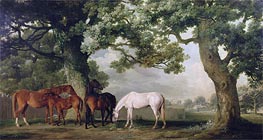
Mares and Foals Beneath Large Oak Trees c.1764/68
Oil Painting
$2151
$2151
Canvas Print
$62.05
$62.05
SKU: STG-11607
George Stubbs
Original Size: 99 x 187 cm
Private Collection
George Stubbs
Original Size: 99 x 187 cm
Private Collection
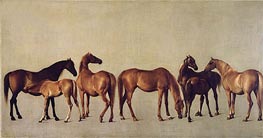
Mares and Foals without a Background c.1762
Oil Painting
$2089
$2089
Canvas Print
$62.05
$62.05
SKU: STG-11608
George Stubbs
Original Size: 99 x 190.5 cm
Private Collection
George Stubbs
Original Size: 99 x 190.5 cm
Private Collection
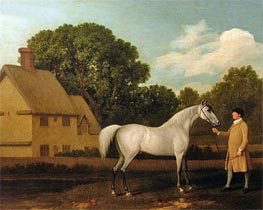
'Gimcrack' 1770
Oil Painting
$1567
$1567
Canvas Print
$74.90
$74.90
SKU: STG-11609
George Stubbs
Original Size: 79.3 x 98.7 cm
Private Collection
George Stubbs
Original Size: 79.3 x 98.7 cm
Private Collection
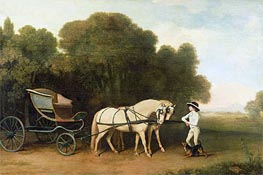
A Phaeton with a Pair of Cream Ponies in the ... c.1780/85
Oil Painting
$1596
$1596
Canvas Print
$62.05
$62.05
SKU: STG-11610
George Stubbs
Original Size: 89.5 x 136 cm
Yale Center for British Art, Connecticut, USA
George Stubbs
Original Size: 89.5 x 136 cm
Yale Center for British Art, Connecticut, USA
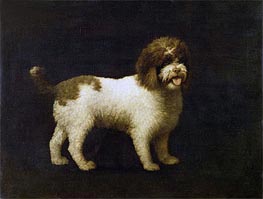
A Water Spaniel 1769
Oil Painting
$1477
$1477
Canvas Print
$71.13
$71.13
SKU: STG-11611
George Stubbs
Original Size: 90.2 x 116.7 cm
Yale Center for British Art, Connecticut, USA
George Stubbs
Original Size: 90.2 x 116.7 cm
Yale Center for British Art, Connecticut, USA
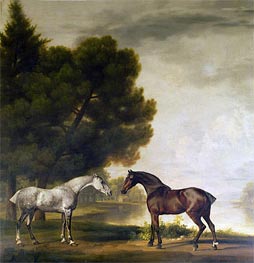
A Grey and a Bay in a Landscape n.d.
Oil Painting
$1712
$1712
Canvas Print
$78.17
$78.17
SKU: STG-11612
George Stubbs
Original Size: unknown
Private Collection
George Stubbs
Original Size: unknown
Private Collection
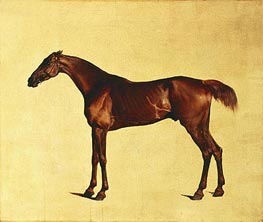
Rufus (Pangloss) c.1762/65
Oil Painting
$1572
$1572
Canvas Print
$67.06
$67.06
SKU: STG-11613
George Stubbs
Original Size: 64.5 x 77.2 cm
Indianapolis Museum of Art, Indiana, USA
George Stubbs
Original Size: 64.5 x 77.2 cm
Indianapolis Museum of Art, Indiana, USA
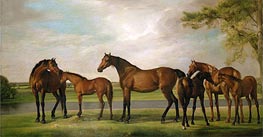
Mares and Foals Disturbed by an Approaching Storm c.1764/66
Oil Painting
$2348
$2348
Canvas Print
$62.05
$62.05
SKU: STG-11614
George Stubbs
Original Size: 99.1 x 188 cm
Private Collection
George Stubbs
Original Size: 99.1 x 188 cm
Private Collection
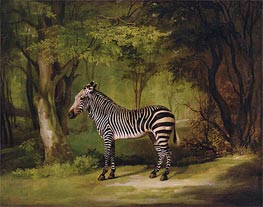
A Zebra 1763
Oil Painting
$1943
$1943
Canvas Print
$74.90
$74.90
SKU: STG-11615
George Stubbs
Original Size: 103 x 127.5 cm
Yale Center for British Art, Connecticut, USA
George Stubbs
Original Size: 103 x 127.5 cm
Yale Center for British Art, Connecticut, USA
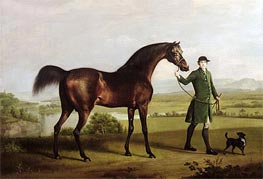
A Horse Belonging to the Rt. Honourable Lord ... 1763
Oil Painting
$1997
$1997
SKU: STG-11616
George Stubbs
Original Size: 86 x 129 cm
Private Collection
George Stubbs
Original Size: 86 x 129 cm
Private Collection
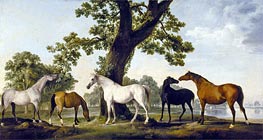
Five Brood Mares n.d.
Oil Painting
$2163
$2163
Canvas Print
$62.05
$62.05
SKU: STG-11617
George Stubbs
Original Size: 99 x 188 cm
Private Collection
George Stubbs
Original Size: 99 x 188 cm
Private Collection
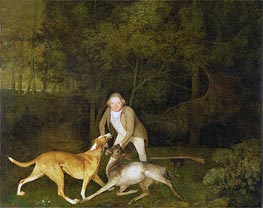
Freeman, the Earl of Clarendon's Gamekeeper with ... 1800
Oil Painting
$1764
$1764
Canvas Print
$75.24
$75.24
SKU: STG-11618
George Stubbs
Original Size: 101.6 x 127 cm
Yale Center for British Art, Connecticut, USA
George Stubbs
Original Size: 101.6 x 127 cm
Yale Center for British Art, Connecticut, USA
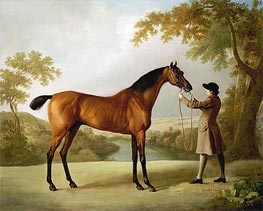
Tristram Shandy, a Bay Racehorse Held by a Groom ... c.1760
Oil Painting
$1929
$1929
Canvas Print
$64.69
$64.69
SKU: STG-11619
George Stubbs
Original Size: 101.6 x 127 cm
Private Collection
George Stubbs
Original Size: 101.6 x 127 cm
Private Collection
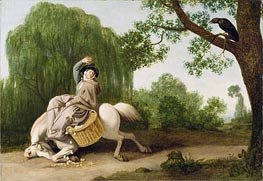
The Farmer's Wife and the Raven 1786
Oil Painting
$1715
$1715
Canvas Print
$64.30
$64.30
SKU: STG-11620
George Stubbs
Original Size: 67.2 x 98 cm
Yale Center for British Art, Connecticut, USA
George Stubbs
Original Size: 67.2 x 98 cm
Yale Center for British Art, Connecticut, USA
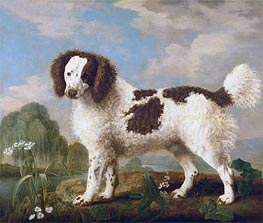
Brown and White Norfolk or Water Spaniel 1778
Oil Painting
$2089
$2089
Canvas Print
$78.65
$78.65
SKU: STG-11621
George Stubbs
Original Size: 80.6 x 97.2 cm
Yale Center for British Art, Connecticut, USA
George Stubbs
Original Size: 80.6 x 97.2 cm
Yale Center for British Art, Connecticut, USA
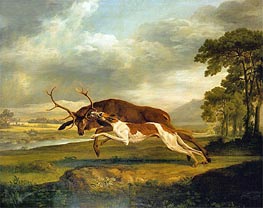
Hound Coursing a Stag c.1762
Oil Painting
$1784
$1784
Canvas Print
$74.90
$74.90
SKU: STG-11622
George Stubbs
Original Size: 100 x 125.7 cm
Philadelphia Museum of Art, Pennsylvania, USA
George Stubbs
Original Size: 100 x 125.7 cm
Philadelphia Museum of Art, Pennsylvania, USA
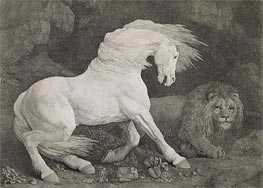
A Horse Affrighted by a Lion 1788
Paper Art Print
$58.76
$58.76
SKU: STG-11623
George Stubbs
Original Size: 22.7 x 31.7 cm
Yale Center for British Art, Connecticut, USA
George Stubbs
Original Size: 22.7 x 31.7 cm
Yale Center for British Art, Connecticut, USA
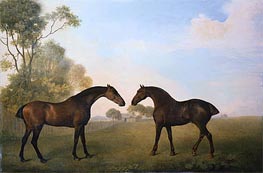
Two Hunters out at Grass 1789
Oil Painting
$1647
$1647
Canvas Print
$62.05
$62.05
SKU: STG-11624
George Stubbs
Original Size: unknown
Private Collection
George Stubbs
Original Size: unknown
Private Collection
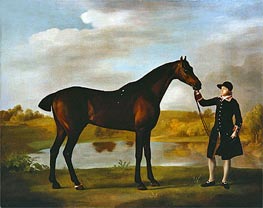
The Duke of Marlborough's Bay Hunter, with a ... n.d.
Oil Painting
$1862
$1862
Canvas Print
$63.90
$63.90
SKU: STG-11625
George Stubbs
Original Size: 101.5 x 127 cm
Private Collection
George Stubbs
Original Size: 101.5 x 127 cm
Private Collection
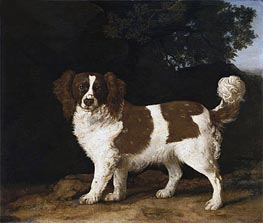
Fanny, the Favourite Spaniel of Mrs. Musters, ... 1777
Oil Painting
$1232
$1232
Canvas Print
$78.99
$78.99
SKU: STG-11626
George Stubbs
Original Size: 59.6 x 69.8 cm
Private Collection
George Stubbs
Original Size: 59.6 x 69.8 cm
Private Collection
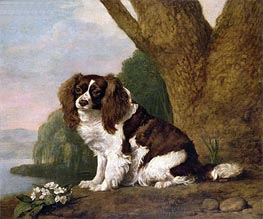
Fanny, a Brown and White Spaniel 1778
Oil Painting
$1448
$1448
SKU: STG-11627
George Stubbs
Original Size: 59.6 x 69.8 cm
Private Collection
George Stubbs
Original Size: 59.6 x 69.8 cm
Private Collection